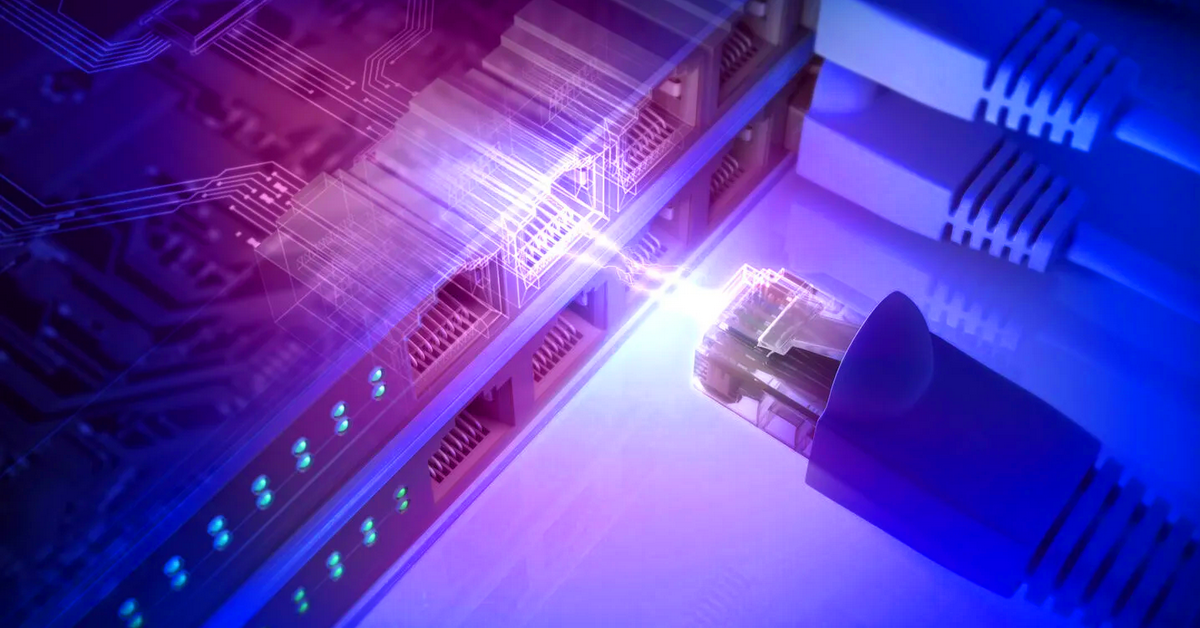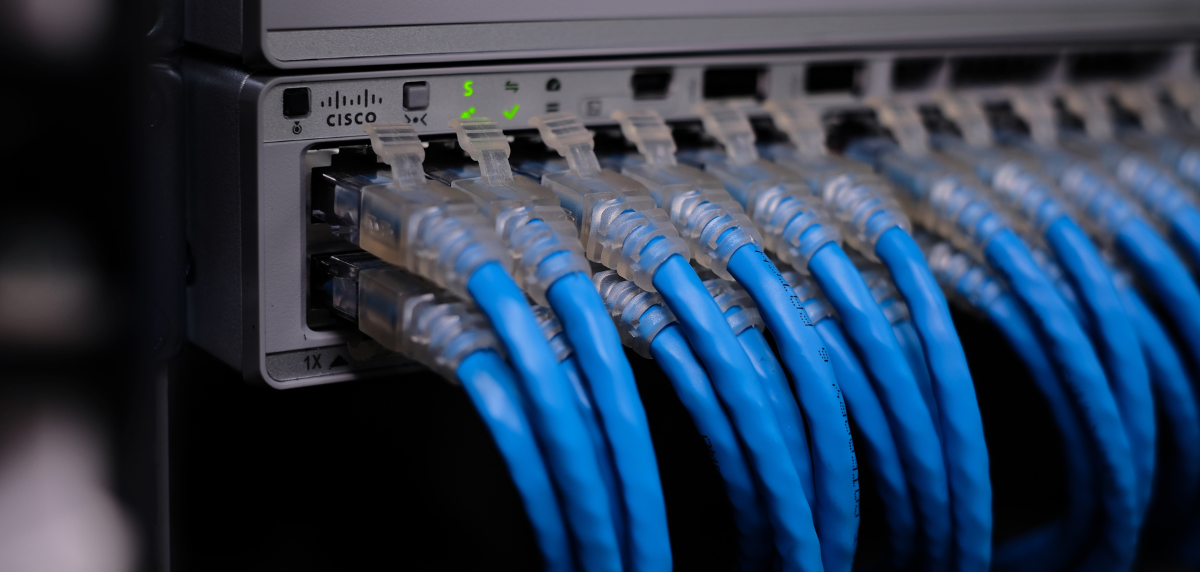1 min read
AI in Networking
What an explosion we’ve seen with Artificial Intelligence (AI)! My initial scope for this article was to explain how AI works for network management...

Did you know that access points can behave differently depending on how much power they are receiving? The addition of a new device drawing the smallest amount of power might be enough to reduce an access points radio functionality, downgrade the network interface between the AP and switch, or even disable an AP altogether.
PoE (Power over Ethernet) budgeting can impact network performance if under budget, or be a source of waste if overbudgeted. The amount of DC power provided by switches (or switch ports) has been one the leading factors in network switching improvements in recent years. The introduction of 90W PoE has opened a whole new world of opportunities. Laptops, cameras, sit-stand desks, LED lighting, even refrigerators and air conditioners are all on the brink of being powered by a network switch.
So, what is PoE, or Power over Ethernet? In short, PoE is simply DC power delivered over copper network cabling. Its wild to think about how many people reading this article might not relate to a plain old telephone, but if you do, you know that plugging a telephone into a phone outlet generated a dial tone. This was because 48V DC power was being provided by your phone service provider switching infrastructure. The same thing happens with PoE switches, but now for a much larger group of devices. As different devices required more power, PoE evolved.

The table above shows the different IEEE standardized “types” of PoE that are currently available. In the past if a deficient amount of power was being provided, the devices wouldn’t power on. As the products have evolved, the manufacturers are building in a certain level of resilience to make sure some services can still be offered with a lesser amount of power.
And so back to my opening question. PoE budgeting has become crucial unless you want the ghost of a "half" working network device haunting your network.
First, it’s important to understand that the PoE standard refers to the port capability, not the switches. A C9300-48U switch is represented as a UPoE capable switch, but only comes with an 1100W power supply by default. Even adding another 1100W power supply will only allow PoE+ if all 48 ports are used. (1100W power supply times 2 divided by 48 ports = 45.83 W per port) This math is a little misleading because some power is required to operate the switch, but hopefully the point is made. In order to power a device that requires 90W, we either need to unplug some power drawing devices from the switch, or leverage a StackPower bank in power-sharing mode.
So what kind of changes in behavior might we encounter. Primarily, a deficient amount of power if the AP still works will hit the radios and immediately impact its throughput capabilities. Here are a few other examples from the CW91xx line.

For a complete list of Cisco or Meraki access points, or for a different OEM, please complete the following form and we’ll send it to you shortly.
Subscribe to our Monthly Newsletter.
✅ Expert IT tips you can actually use
✅ Cost-saving solutions that boost ROI
✅ Straightforward insights — just value
All straight to your inbox.
No spam. No sales pitches. Just better networks.

1 min read
What an explosion we’ve seen with Artificial Intelligence (AI)! My initial scope for this article was to explain how AI works for network management...

Did you know that access points can behave differently depending on how much power they are receiving? 👈 To jump to the AP tables, click your OEM

Among the wide range of modular and fixed-configuration switches Cisco offers, Catalyst and Nexus switches are the most popular. The main difference...